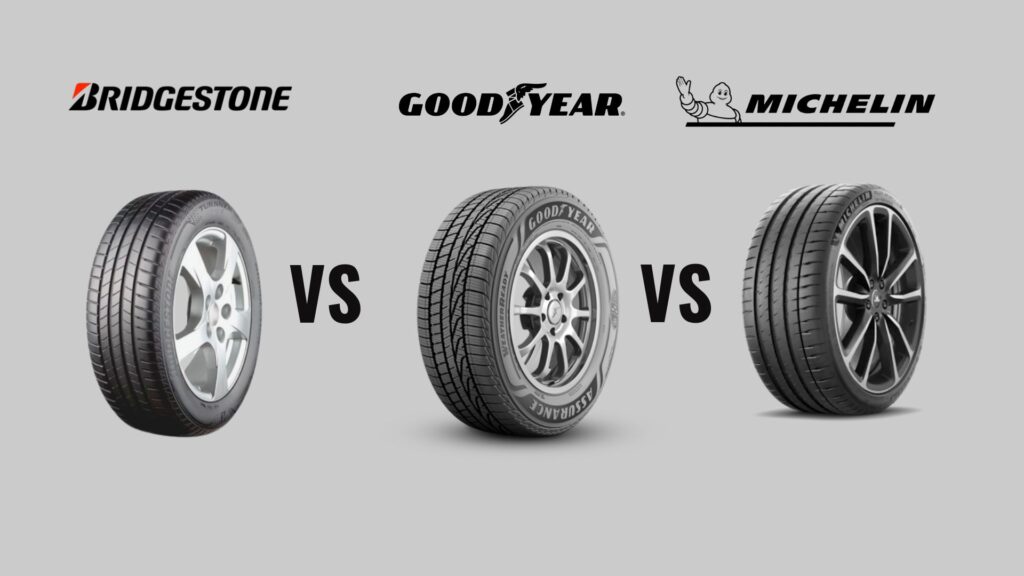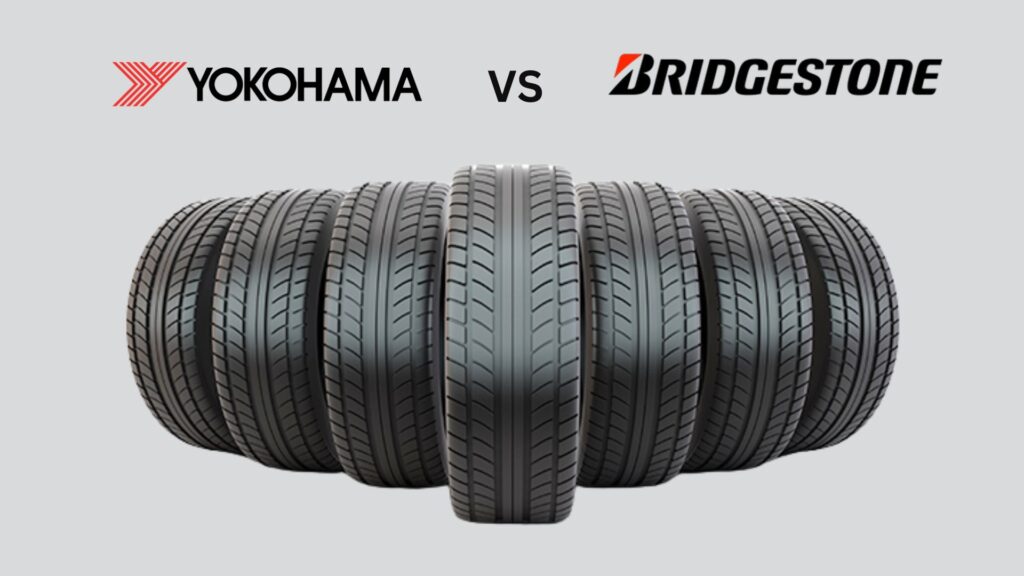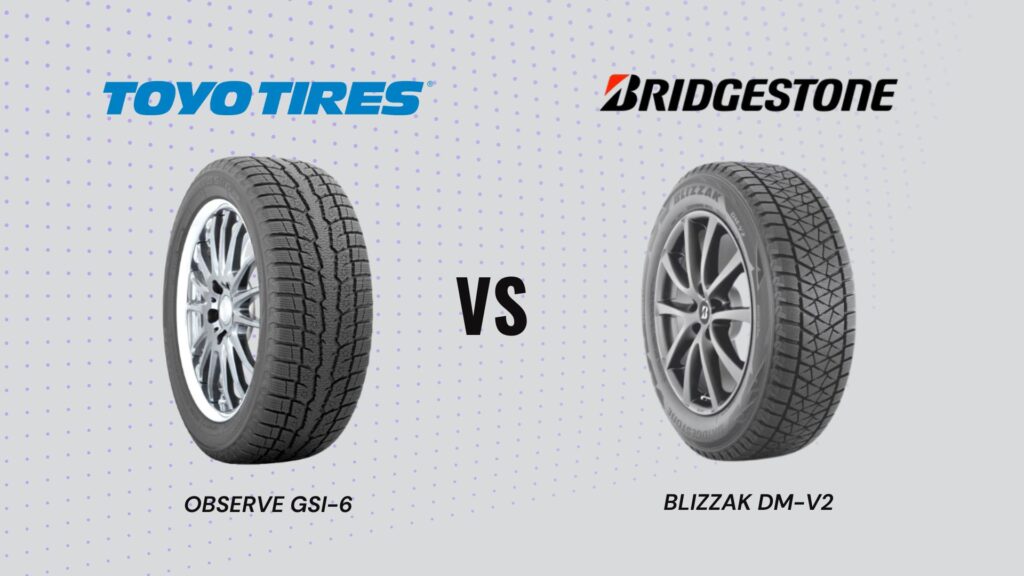When it comes to buying new tires, there are a lot of factors to consider. You want a tire that will provide you with the best performance, safety, and fuel efficiency. With so many tire brands on the market, it can be challenging to determine which one is the best fit for your vehicle. Three of the most popular tire brands are Bridgestone, Goodyear, and Michelin.
Bridgestone, Goodyear, and Michelin are all well-known tire brands that have been in the tire business for decades. They are some of the largest tire manufacturers in the world, and they offer a wide range of tire models for different types of vehicles. Each brand has its own unique features and benefits, and choosing the right one can make a significant difference in your driving experience.
In this article, we will compare Bridgestone, Goodyear, and Michelin tires to help you make an informed decision. We will look at the different tire models offered by each brand, their performance, and their price points. By the end of this article, you will have a better understanding of which tire brand is the best fit for your vehicle.
Overview: Bridgestone vs Goodyear vs Michelin
When it comes to tire manufacturers, Bridgestone, Goodyear, and Michelin are some of the biggest names in the industry. Each of these companies has a long history of producing high-quality tires that are designed to meet the needs of drivers in a variety of different situations.
Also read: Yokohama vs Michelin vs Bridgestone
But before we jump into these tire comparisons, let’s take a quick look at their histories. Starting with Bridgestone.
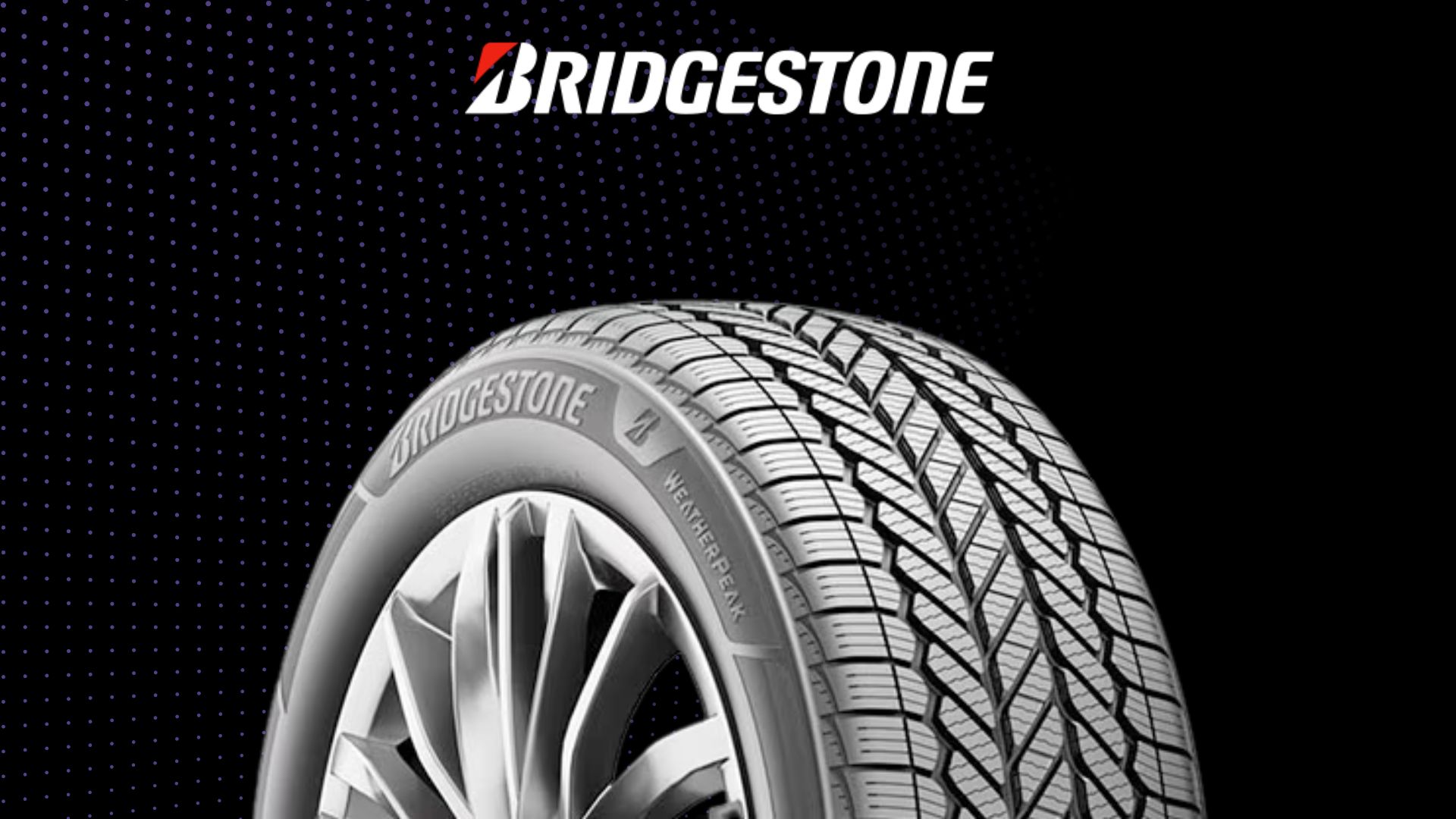
Bridgestone is a Japanese tire company that was founded by Shojiro Ishibashi in 1931. Today, Bridgestone is one of the largest tire manufacturers in the world, with a presence in more than 150 countries.
The company produces a wide range of tires, including those for passenger cars, trucks, and motorcycles. Bridgestone is known for its commitment to innovation and its focus on creating tires that offer superior performance, safety, and durability.
Moving to the Goodyear.
Goodyear is an American company that was founded in 1898. Goodyear is one of the oldest tire manufacturers in the world and has a long history of producing high-quality tires that are designed to meet the needs of drivers in a variety of different situations.
The company produces a wide range of tires, including those for passenger cars, trucks, and airplanes. Goodyear is known for its commitment to innovation and its focus on creating tires that offer superior performance, safety, and durability.

Last but not least Michelin.
Michelin is a French company that was founded in 1889. Michelin is one of the largest tire manufacturers in the world and has a presence in more than 170 countries.
The company produces a wide range of tires, including those for passenger cars, trucks, and airplanes. Michelin is known for its commitment to innovation and its focus on creating tires that offer superior performance, safety, and durability.
Each of these companies has a unique approach to business and a different set of strengths and weaknesses. Bridgestone is known for its focus on innovation and its commitment to creating tires that offer superior performance, safety, and durability.
Goodyear is known for its long history of producing high-quality tires and its commitment to meeting the needs of drivers in a variety of different situations.
Michelin is known for its focus on sustainability and its commitment to creating tires that are designed to last longer and be more environmentally friendly.
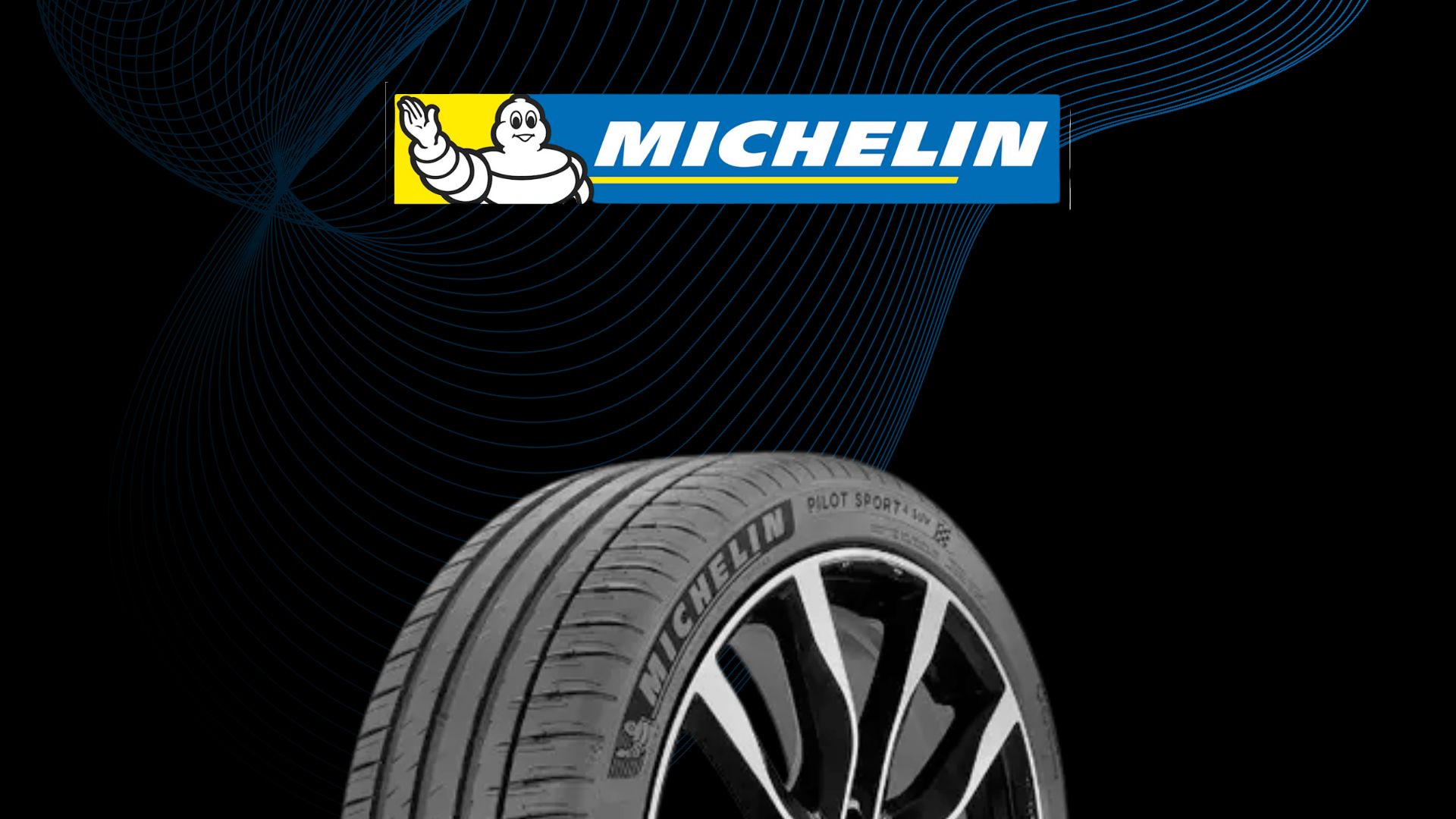
Overall, each of these companies has a long history of producing high-quality tires that are designed to meet the needs of drivers in a variety of different situations. Whether you’re looking for a tire that offers superior performance, safety, or durability, you’re sure to find what you need from one of these top tire manufacturers.
Tire Performance: Bridgestone vs Goodyear vs Michelin (Quick Comparison)
When it comes to selecting the right tire brand for your vehicle, it is important to consider various factors such as performance, handling, braking, grip, comfort, noise, and fuel efficiency.
In this section, we will provide a comparative analysis between Bridgestone vs Goodyear vs Michelin tire performance.
Handling and Stability
Brand | Line | Features |
Bridgestone | Potenza | Superior grip and control |
Goodyear | Eagle | Precision handling and maximum traction |
Michelin | Pilot Sport | Exceptional handling and stability at high speeds |
Bridgestone, Goodyear, and Michelin are all known for producing high-performance tires that offer excellent handling and stability. Bridgestone’s Potenza line of tires is designed to provide superior grip and control, while Goodyear’s Eagle line of tires is engineered for precision handling and maximum traction. Michelin’s Pilot Sport line of tires is designed to deliver exceptional handling and stability, especially at high speeds.
Braking and Grip
When it comes to braking and grip, all three brands offer excellent performance.
Brand | Line | Features |
Bridgestone | Potenza | Exceptional stopping power |
Goodyear | Eagle | Maximum traction and grip |
Michelin | Pilot Sport | Excellent grip and braking, especially in wet conditions |
Bridgestone’s Potenza line of tires is designed to deliver exceptional stopping power, while Goodyear’s Eagle line of tires is engineered for maximum traction and grip. Michelin’s Pilot Sport line of tires is designed to provide excellent grip and braking performance, especially in wet and slippery conditions.
Comfort and Noise
Brand | Line | Features |
Bridgestone | Turanza | Comfortable and quiet ride |
Goodyear | Assurance | Smooth and comfortable ride |
Michelin | Primacy | Comfortable and quiet ride with minimal road noise |
All three brands offer tires that provide a comfortable ride and minimal noise. Bridgestone’s Turanza line of tires is designed for a comfortable and quiet ride, while Goodyear’s Assurance line of tires is engineered for a smooth and comfortable ride. Whereas Michelin’s Primacy line of tires is designed to provide a comfortable and quiet ride, with minimal road noise.
Related: Toyo Observe GSI-6 vs Bridgestone Blizzak DM-V2
Winter and Summer Performance
When it comes to winter and summer performance, Bridgestone, Goodyear, and Michelin all the brands offer tires that are designed to perform well in a variety of conditions.
Brand | Winter Line | Summer Line | Features |
Bridgestone | Blizzak | Potenza | Excellent in snow and ice; superior handling and grip in warm weather |
Goodyear | UltraGrip | Eagle | Maximum traction in winter; maximum performance in dry conditions |
Michelin | Pilot Alpin | Pilot Sport | Exceptional in cold and snowy conditions; exceptional performance in warm and dry conditions |
Bridgestone’s Blizzak line of tires is designed to provide excellent performance in snow and ice, while Goodyear’s UltraGrip line of tires is engineered for maximum traction in winter conditions. Michelin’s Pilot Alpin line of tires is designed to deliver exceptional performance in cold and snowy conditions.
In terms of summer performance, Bridgestone’s Potenza line of tires is designed to deliver superior handling and grip in warm weather, while Goodyear’s Eagle line of tires is engineered for maximum performance in dry conditions. Michelin’s Pilot Sport line of tires is designed to provide exceptional performance in warm and dry conditions.
Performance on Different Road Conditions
Brand | Line | Features |
Bridgestone | Dueler | Excellent on and off-road |
Goodyear | Wrangler | Excellent on rugged terrain |
Michelin | Defender | Excellent on all types of roads, including wet and slippery conditions |
Bridgestone, Goodyear, and Michelin all offer tires that are designed to perform well on different road conditions. Bridgestone’s Dueler line of tires is engineered for maximum performance on both on and off-road conditions, while Goodyear’s Wrangler line of tires is designed for excellent performance on rugged terrain. Michelin’s Defender line of tires is designed to provide excellent performance on all types of roads, including wet and slippery conditions.
Fuel Efficiency and Rolling Resistance
All three brands offer tires that are designed to provide excellent fuel efficiency and minimal rolling resistance.
Brand | Line | Features |
Bridgestone | Ecopia | Maximum fuel efficiency |
Goodyear | Fuel Max | Excellent fuel economy |
Michelin | Energy Saver | Exceptional fuel efficiency with minimal rolling resistance |
Bridgestone’s Ecopia line of tires is engineered for maximum fuel efficiency, while Goodyear’s Fuel Max line of tires is designed to provide excellent fuel economy. Michelin’s Energy Saver line of tires is designed to deliver exceptional fuel efficiency, with minimal rolling resistance.
In conclusion, Bridgestone, Goodyear, and Michelin all offer high-performance tires that deliver excellent handling, braking, grip, comfort, and fuel efficiency.
When selecting the right tire brand for your vehicle, it is important to consider your driving needs and the conditions you will be driving in. Now let’s compare the durability and thread life of these tires.
Comparison of Tire Durability and Tread Life
When it comes to choosing the right tires for your vehicle, durability and tread life are important factors to consider. Bridgestone, Goodyear, and Michelin are all well-known tire brands that offer different levels of durability and tread life.
Brand | Durability Features | Tread Life Features | Warranty Type |
Bridgestone | Advanced technology, high-quality materials | Long-lasting tread life, withstands harsh conditions | Treadwear Warranty |
Goodyear | Unique rubber compound | Excellent traction, wear resistance | Mileage Warranty |
Michelin | High-quality construction | Special tread pattern, excellent traction and wear resistance | Treadwear Warranty |
Bridgestone tires are known for their durability and long-lasting tread life. They use advanced technology and high-quality materials to produce tires that can withstand harsh driving conditions. Bridgestone also offers a treadwear warranty on many of their tires, which guarantees that the tires will last for a certain number of miles before needing to be replaced.
Goodyear tires are also known for their durability and long-lasting tread life. They use a unique rubber compound that is designed to provide excellent traction and wear resistance. Goodyear offers a mileage warranty on many of their tires, which guarantees that the tires will last for a certain number of miles before needing to be replaced.
Michelin tires are known for their high-quality construction and long-lasting tread life. They use a special tread pattern that is designed to provide excellent traction and wear resistance. Michelin offers a treadwear warranty on many of their tires, which guarantees that the tires will last for a certain number of miles before needing to be replaced.
When comparing the durability and tread life of Bridgestone, Goodyear, and Michelin tires, it’s important to consider factors such as driving conditions, vehicle type, and maintenance. Proper tire maintenance, such as regular rotations and inflation checks, can help extend the life of your tires.
Assessment of Tire Technology and Innovation
When it comes to tire technology and innovation Bridgestone, Goodyear and Michelin invest heavily in research and development to produce tires that deliver better performance, safety, and fuel efficiency. These tire giants are constantly striving to innovate and introduce advanced features to improve traction, handling, and comfort.
Brand | Key Technologies | Benefits | Focus Areas |
Bridgestone | Run-Flat, Ologic, NanoPro-Tech | Drive 50 miles after puncture, increased fuel efficiency, enhanced grip | Performance, Safety, Efficiency |
Goodyear | SoundComfort, RunOnFlat, FuelSaving | 50% less tire noise, drive 50 miles after puncture, improved fuel efficiency | Comfort, Safety, Efficiency |
Michelin | EverGrip, Comfort Control, Green X | Exceptional grip, reduced road noise, improved fuel efficiency | Handling, Comfort, Efficiency |
Bridgestone is known for its innovative technologies such as Run-Flat Technology, which allows you to continue driving for up to 50 miles at a maximum speed of 50 mph after a puncture, and Ologic Technology, which optimizes the tire’s shape to reduce aerodynamic drag and increase fuel efficiency. The company also uses NanoPro-Tech technology to enhance the tire’s grip and durability.
Goodyear, on the other hand, is known for its advanced technologies such as SoundComfort Technology, which reduces interior tire noise by up to 50%, and RunOnFlat Technology, which allows you to drive up to 50 miles at a maximum speed of 50 mph after a puncture. The company also uses FuelSaving Technology, which reduces rolling resistance and improves fuel efficiency.
Michelin is known for its innovative technologies such as EverGrip Technology, which provides exceptional grip on wet and dry roads, and Comfort Control Technology, which reduces road noise and vibrations. The company also uses Green X Technology, which reduces rolling resistance and improves fuel efficiency.
All three tire companies invest heavily in research and development, incorporating cutting-edge technology to enhance tire performance. They continuously strive to innovate and introduce advanced features to improve traction, handling, and fuel efficiency.
Review of Tire Types and Categories
When it comes to selecting the right tire for your vehicle, it’s important to understand the different types and categories available. Here, we’ll review the three main types of tires: all-season, winter, and summer.
All-Season Tires
- What They Do: Good for all sorts of weather—rain or shine, and even light snow.
- Tread Pattern: Built to grip both wet and dry roads.
- Material: Usually made from a harder rubber for longer life.
- Best For: Places with mild winters and not a lot of heavy snow or ice. Great for everyday cars.
All-season tires typically have a tread pattern that’s optimized for both wet and dry traction, and they’re often made of a harder rubber compound that provides longer tread life.
If you live in an area with mild winters and don’t experience heavy snow or ice, all-season tires may be a good choice for you. They’re also a popular choice for passenger cars, as they provide a good balance of performance and affordability.
Winter Tires (a.k.a Snow Tires)

- What They Do: These are your go-to for cold weather, giving you a top-notch grip on snow and ice.
- Tread Pattern: Designed to really grab onto snow and ice.
- Material: Softer rubber that stays flexible in the cold.
- Best For: If you’re dealing with heavy snow or icy roads, you’ll want these. Also good for just plain cold weather.
Winter tires are a must-have if you live in an area with heavy snow or ice, as they can significantly improve your vehicle’s traction and handling in these conditions. They’re also a good choice if you frequently drive in cold temperatures, even if there’s no snow or ice on the ground.
Summer Tires (a.k.a Performance Tires)
- What They Do: These are all about giving you the best grip and handling when it’s hot outside.
- Tread Pattern: Made for cornering and handling like a pro.
- Material: Softer rubber for better grip on dry roads.
- Best For: Hot climates and high-performance cars like sports cars.
If you live in an area with hot summers and don’t experience heavy rain or snow, summer tires may be a good choice for you.
They’re also a popular choice for sports cars and other high-performance vehicles, as they provide the best grip and handling in warm weather conditions.
Overall, selecting the right tire for your vehicle depends on a variety of factors, including your driving habits, the weather conditions you experience, and your budget. By understanding the different types and categories of tires available, you can make an informed decision and choose the best tire for your needs.
Examination of Price and Value
Brand | Price Range | Popular Models | Vehicle Types | Special Features |
Bridgestone | Mid to High | Potenza RE-71R, Ecopia EP422 Plus | Cars, SUVs, Trucks | Range of options for performance and fuel efficiency |
Goodyear | Mid to High | Assurance WeatherReady, Eagle F1 Asymmetric 2 | Cars, SUVs, Trucks | All-season and high-performance options |
Michelin | High | Premier A/S, Pilot Sport 4S | Cars, SUVs, Trucks | Known for superior performance and durability |
When it comes to purchasing tires, price and value for money are important factors to consider. Bridgestone, Goodyear, and Michelin are all premium tire brands that offer a range of prices to accommodate different budgets and needs.
Key Points to Consider:
- Price Range: Michelin is generally pricier, but you might find it’s worth the extra bucks for the performance and durability.
- Vehicle Types: All three brands offer tires for a variety of vehicles, so you’re covered whether you drive a car, SUV, or truck.
- Special Features: Each brand has its own set of special features, like all-season performance or fuel efficiency, so think about what’s most important for you.
Bridgestone tires are generally priced in the mid to high range, with some models being more expensive than others. For example, the Bridgestone Potenza RE-71R, which is a high-performance tire, is priced higher than the Bridgestone Ecopia EP422 Plus, which is designed for fuel efficiency. Bridgestone also offers a range of tires for different types of vehicles, including cars, SUVs, and trucks.
Goodyear tires are priced similarly to Bridgestone tires, with some models being more expensive than others. Goodyear offers a range of tires for different types of vehicles, including cars, SUVs, and trucks. Some of Goodyear’s popular tire models include the Goodyear Assurance WeatherReady, which is designed for all-season performance, and the Goodyear Eagle F1 Asymmetric 2, which is a high-performance tire.
Michelin tires are generally priced higher than Bridgestone and Goodyear tires, with some models being significantly more expensive than others. Michelin offers a range of tires for different types of vehicles, including cars, SUVs, and trucks. Some of Michelin’s popular tire models include the Michelin Premier A/S, which is designed for all-season performance, and the Michelin Pilot Sport 4S, which is a high-performance tire.
Overall, when comparing the price and value for money of Bridgestone, Goodyear, and Michelin tires, it is important to consider the specific needs of your vehicle and driving style. While Michelin tires may be more expensive, they often offer superior performance and durability, which may be worth the investment for some drivers. However, Bridgestone and Goodyear offer a range of high-quality tires at more affordable price points, making them excellent options for drivers who prioritize value for money.
Inspection of Warranty Options
When it comes to purchasing new tires, one important factor to consider is the warranty options offered by the manufacturer. Warranties can provide peace of mind and financial protection in case of unexpected issues with your tires. In this section, we will compare the warranty options of Bridgestone, Goodyear, and Michelin.
Brand | Standard Warranty Duration | 30-Day Satisfaction Guarantee | Optional Warranties |
Bridgestone | Up to 5 years or until tread wears to 2/32″ | 30-day buy and try guarantee | Platinum Pact for road hazards, Buy and Try 90-day satisfaction, 1-year or 12,000-mile tire replacement |
Goodyear | Up to 6 years or until tread wears to 2/32″ | 30-day test drive guarantee | Road hazard warranty, 1-year or 2/32″ of wear tire replacement, 30-day ride guarantee |
Michelin | Up to 6 years or until tread wears to 2/32″ | 30-day satisfaction guarantee | Road hazard warranty, 1-year or 2/32″ of wear tire replacement, 30-day ride guarantee |
Bridgestone Warranty Options
Bridgestone offers a range of warranty options for their tires. Their standard limited warranty covers defects in materials and workmanship for up to 5 years from the date of purchase or until the tire’s tread wears out to 2/32 of an inch, whichever comes first. Additionally, Bridgestone offers a 90-day buy and try guarantee, allowing you to return your tires for a refund or exchange within 30 days of purchase if you’re not satisfied with their performance.
Bridgestone also offers several optional warranty plans, including a Platinum Pact limited warranty that covers damage from road hazards, a Buy and Try 90-day satisfaction guarantee, and a tire replacement limited warranty that provides free tire replacement within the first year or 12,000 miles if your tire becomes unusable due to non-repairable road hazard damage.
Goodyear Warranty Options
Goodyear offers a limited warranty for their tires that covers defects in materials and workmanship for up to 6 years from the date of purchase or until the tire’s tread wears out to 2/32 of an inch, whichever comes first. Additionally, Goodyear offers a 345-day test drive guarantee, allowing you to return your tires for a refund or exchange within 45 days of purchase if you’re not satisfied with their performance.
Goodyear also offers several optional warranty plans, including a road hazard warranty that covers damage from road hazards, a tire replacement limited warranty that provides free tire replacement within the first year or 2/32 of an inch of wear if your tire becomes unusable due to non-repairable road hazard damage, and a 45-Day Satisfaction Guarantee that allows you to exchange your tires within 45 days of purchase if you’re not satisfied with their ride quality.
Goodyear Warranty Options: https://www.goodyear.com/en_US/support/tire-warranty.html
Michelin Warranty Options
Michelin offers a limited warranty for their tires that covers defects in materials and workmanship for up to 6 years from the date of purchase or until the tire’s tread wears out to 2/32 of an inch, whichever comes first. Additionally, Michelin offers a 60-day satisfaction guarantee, allowing you to return your tires for a refund or exchange within 60 days of purchase if you’re not satisfied with their performance.
Michelin also offers several optional warranty plans, including a road hazard warranty that covers damage from road hazards, a tire replacement limited warranty that provides free tire replacement within the first year or 2/32 of an inch of wear if your tire becomes unusable due to non-repairable road hazard damage, and a 60-day ride guarantee that allows you to exchange your tires within 30 days of purchase if you’re not satisfied with their ride quality.
In conclusion, all three brands offer similar warranty options, with standard limited warranties covering defects in materials and workmanship for up to 5 or 6 years, depending on the brand. Optional warranty plans, such as road hazard warranties and tire replacement limited warranties, are also available from all three brands. When purchasing new tires, it’s important to consider the warranty options offered and choose the plan that best fits your needs.
Key Takeaways:
- Standard Warranty Duration: All three brands offer a solid standard warranty. Goodyear and Michelin edge out a bit with up to 6 years, while Bridgestone offers up to 5.
- At least 30-Day Satisfaction Guarantee: Each brand gives you at least 30-day window to test ’em out and make sure you’re happy.
- Optional Warranties: All three brands offer extra coverage for things like road hazards and early tire replacement.
Sustainability and Environmental Impact
When it comes to evaluating sustainability and environmental impact, all three tire brands, Bridgestone, Goodyear, and Michelin, have made significant strides in recent years to reduce their carbon footprint and promote eco-friendly practices.
Brand | Focus Areas | Carbon Neutrality Goal | Eco-Friendly Tire Line | Other Initiatives |
Bridgestone | Reducing CO2, Renewable Energy | By 2050 | Ecopia | Low rolling resistance, advanced materials for fuel saving |
Goodyear | Reducing CO2, Greenhouse Gas | No specific date | EfficientGrip | Renewable energy use, waste reduction |
Michelin | Reducing CO2, Sustainable Mobility | By 2050 | Energy Saver | Low rolling resistance, advanced materials for fuel saving |
Bridgestone, for example, has made sustainability a key part of its corporate philosophy, with a focus on reducing CO2 emissions and promoting the use of renewable energy. The company has set ambitious targets to reduce its environmental impact, including a goal to achieve carbon neutrality by 2050. Bridgestone has also developed eco-friendly tires, such as the Ecopia line, which feature low rolling resistance and advanced materials to help save fuel and reduce environmental impact.
Similarly, Goodyear has made significant progress in reducing its carbon footprint, with a focus on reducing greenhouse gas emissions and improving tire performance. The company has set targets to reduce its CO2 emissions and has implemented a number of initiatives to promote sustainability, such as using renewable energy sources and reducing waste. Goodyear also offers eco-friendly tires, such as the EfficientGrip line, which feature low rolling resistance and advanced materials to help save fuel and reduce environmental impact.
Michelin has also made sustainability a key part of its corporate strategy, with a focus on reducing CO2 emissions and promoting sustainable mobility. The company has set ambitious targets to reduce its environmental impact, including a goal to achieve carbon neutrality by 2050. Michelin has also developed eco-friendly tires, such as the Energy Saver line, which feature low rolling resistance and advanced materials to help save fuel and reduce environmental impact.
Overall, all three tire brands have made significant progress in reducing their environmental impact and promoting sustainability. When choosing between Bridgestone, Goodyear, and Michelin, it’s important to consider their eco-friendly initiatives and the impact their products have on the environment.
Conclusion
After comparing Bridgestone, Goodyear, and Michelin tires, you may be wondering which one is the best choice for your vehicle. While each brand has its advantages, it ultimately comes down to your personal preferences and needs.
In terms of overall winner, there is no clear winner as each brand has its own unique features and benefits. However, if you are looking for a tire with high customer satisfaction, Michelin is often a top choice. Michelin tires are known for their long-lasting tread life and excellent handling in wet conditions.
Bridgestone tires, on the other hand, offer a smooth ride with minimal vibration and harshness. Their Turanza line is particularly popular for its comfort and noise reduction technology.
Goodyear tires are also a great option, with their Assurance line providing a comfortable ride and good handling in dry conditions. They also offer a range of all-season and winter tires for those in areas with harsh weather conditions.
Overall, the choice between these three brands comes down to your specific needs and preferences. Consider factors such as driving conditions, budget, and desired features when making your decision.
Key Takeaways:
- No One-Size-Fits-All Winner: Bridgestone, Goodyear, and Michelin each have their own strong suits. Your ideal tire depends on what you’re looking for.
- Customer Satisfaction Champ: If you’re all about reliability and wet-road performance, Michelin often gets top marks from customers.
- Smooth Operator: For those who value a smooth, quiet ride, Bridgestone’s Turanza line is a go-to. It’s engineered for comfort and noise reduction.
- All-Weather Friend: Goodyear’s got your back if you’re dealing with a mix of weather conditions. Their Assurance line is solid for dry weather, and they offer a good range of all-season and winter tires too.
- Personal Preferences Rule: At the end of the day, the best tire for you will depend on your specific needs. Think about your typical driving conditions, your budget, and what features matter most to you.
Frequently Asked Questions
Q: What are the pros and cons of Bridgestone tires?
Answer: Bridgestone tires are known for their excellent handling, stability, and durability. They also provide a comfortable ride and have good traction on wet and dry roads. However, some users have reported that they are noisy and have a shorter lifespan compared to other tire brands.
Q: What are the benefits of choosing Michelin tires?
Answer: Michelin tires are known for their superior quality, performance, and safety. They provide excellent handling and stability, have a longer lifespan, and are fuel-efficient. Michelin also offers a wide range of tire models to suit different driving needs. However, they are generally more expensive than other tire brands.
Q: Is Goodyear a better option than Continental?
Answer: Both Goodyear and Continental are reputable tire brands that offer high-quality products. However, Goodyear is known for its all-season and winter tires, while Continental is known for its summer and performance tires. The choice between the two depends on your driving needs and the weather conditions in your area.
Q: What sets Michelin apart from Pirelli?
Answer: Michelin and Pirelli are both premium tire brands that offer high-quality products. However, Michelin is known for its superior quality, safety, and durability, while Pirelli is known for its performance and style. Michelin also offers a wider range of tire models to suit different driving needs.
Q: Which is the better tire brand: Bridgestone or Continental?
Answer: Both Bridgestone and Continental are reputable tire brands that offer high-quality products. Bridgestone is known for its excellent handling and stability, while Continental is known for its performance and durability. The choice between the two depends on your driving needs and preferences.
Q: How do Firestone, Bridgestone, and Michelin compare in terms of quality and price?
Answer: Firestone, Bridgestone, and Michelin are all reputable tire brands that offer high-quality products. However, Michelin is generally considered to be the most expensive, while Firestone is the most affordable. Bridgestone falls somewhere in the middle in terms of price. When it comes to quality, Michelin is known for its superior performance and safety, while Bridgestone and Firestone are known for their durability and reliabilit

Alex Johnson
Hi, I'm Alex, the founder of CarzSpot.com. I've been in the automotive industry for over a decade, learning and sharing my experience in various aspects such as car reviews, car care, and troubleshooting guides. I am dedicated to ensuring that all the information I share is well-researched and accurate. Outside of the automotive world, I enjoy hiking, photography, and exploring new cuisines. You can reach out to me at thecarmarketbiz@gmail.com or follow me on social media.

